When it comes right down to it, Fly Fishing is all about the bugs! Each trout stream has a unique array of insect life that cycles and changes on its own schedule. If you’re an angler that is comfortable with the fundamentals of casting, mending and getting a good drift, then geeking out about bugs is your next step. Read through our series of articles to learn about Stoneflies (Plecoptera), Mayflies (Ephemeroptera), Caddisflies (Trichoptera), and Midges (Chironomidae). We hope that you can take this knowledge and apply it on the river, because getting down to the nitty gritty of the variation within each species will help you find success out on the water.
MIDGES
A quick note before we get down to brass tacks – midges are small, really small. Many anglers are intimidated by fishing midge patterns because they require fine tippet and delicate presentations. Even though fishing midges can be tricky at times, it is incredibly rewarding and can help you put fish in the net when everyone else is putting goose eggs on the board!
The flies we use to imitate midges usually fall into the size 18-24 range. As a reference, many of them are smaller than a grain of rice! That means that when fishing midges, we almost exclusively use 5x and 6x tippet. Using anything larger will spook fish and prohibit you from threading your tippet through the eye of the hook. Because of this, you may have heard that some anglers use 7x or even 8x tippet! It’s a free country, but in our experience, a good presentation with 5x or 6x will fool even the most discerning trout and still give you a chance at landing fish. Keep that in mind when fishing with midge patterns!
The Midge Life Cycle
Midges undergo complete metamorphosis and develop in four stages: Egg, Larva, Pupa and Adult. Trout feed on midges as Larvae, Pupae and Adults, and each of these phases has a corresponding type of fly that we use to imitate them. Let’s dive in!
Larva
After incubating as an egg, midges transform into their larval form and go through a series of “instars” or stages of development. During this stage they live and grow on the bottom of the river or lake that they live in. They are small, slender and slightly curved with uniform segmentation of the abdomen, small legs and a dark head. They vary in size and can be black, brown, tan, cream or red in color.

As anglers, identifying midges in their larval stage is important because it helps inform the patterns that we choose to imitate them. Body profile, color and size are all critical factors in matching the midges present in your river system. Flipping over rocks and looking for midges where you are fishing is a great idea, and can help you get a good idea of what size, profile and color you should fish.
Learning the science of how the environment changes midge physiology can help too. For example, in oxygen deficient conditions midges produce higher levels of hemoglobin in order to more efficiently bond oxygen, causing them to turn bright red. If you are fishing in a silty environment, or in the late summer and early fall when dissolved oxygen levels are low, red midges might be a good thing to try! Though this isn’t a universal rule, it demonstrates how understanding environmental conditions can help improve your odds!
When fishing midge larvae, focus on getting your flies down deep, because midge larvae often live in and around the bottom. Use fine fluorocarbon tippet and some split shot to get those flies down. Focus on getting a drag free presentation in order to mimic midge larvae that come dislodged from the rocks and sticks that they live on. Larvae patterns often produce even when there isn’t an active hatch going on. Some great midge larvae patterns are the Zebra midge, B’s Midge, and Mercury Midge.
Pupa
After midge larvae reach maturity, they transition from larva to pupa. Midge pupae have shorter, stockier bodies than larvae and exhibit wings, legs and gills. During this stage, pupae move up and down the water column before wiggling their way out of the pupal sheath and emerging as adults. During this process, midges develop a reflective layer of gasses that are trapped in the thorax and abdomen that help them hitch a ride to their next stage of life on the surface.
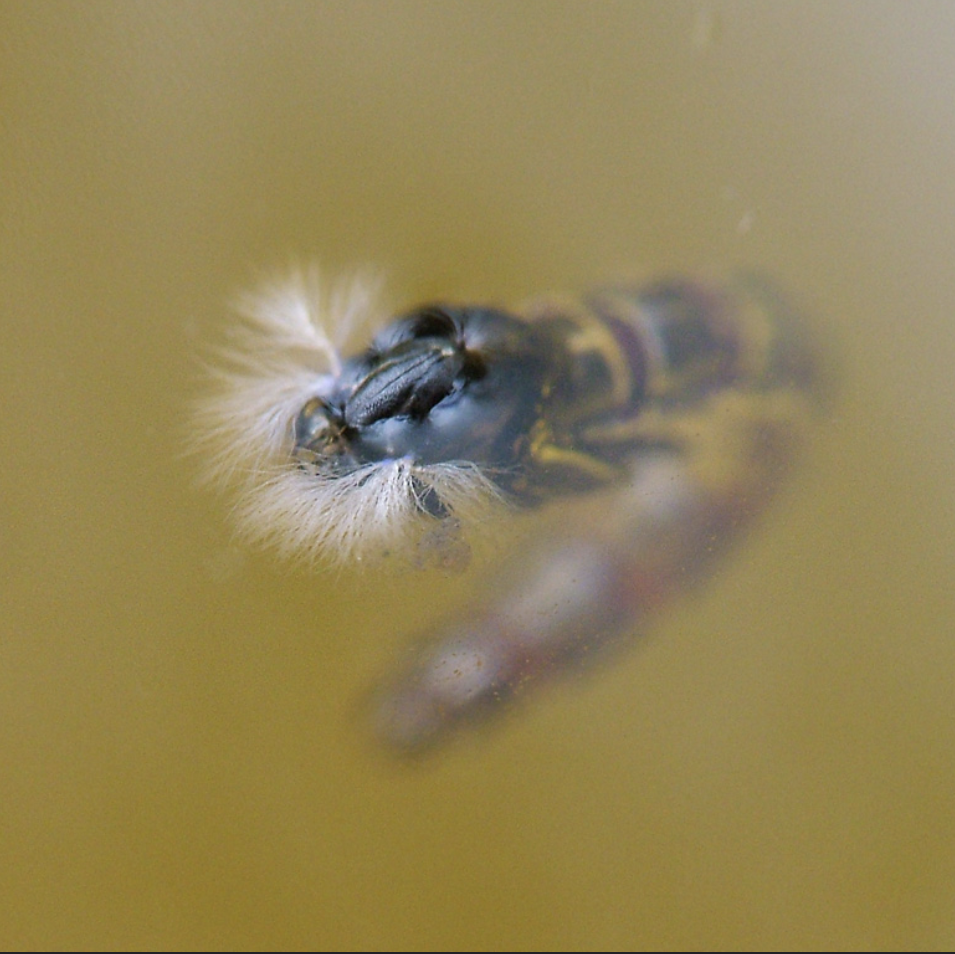
Trout feed opportunistically on pupae as they dance their way through the water column, so fishing pupa imitations during a hatch can be highly lucrative. As anglers, it is important to understand that pupae can look very different at different stages of the hatch. Top Secret, Jujubee, and Rainbow Warrior patterns effectively imitate pupae when they are suspended mid-water column before they shed their sheath.
After pupae break free and begin emerging towards the surface, “emerger” patterns like Chocolate Thunders and RS2s that feature foam, CDC or crystal flash effectively imitate the reflective gaseous bubble present in the abdomen and thorax. Though “emerger” is not a scientific term, it is widely used in fly fishing to describe patterns that imitate the moment of transition or “emergence” from pupa to adult. Unlike larvae patterns, Pupa patterns shouldn’t be dredged along the bottom. The difference between a good fisherman and a great one can be one split shot! Pupa are most effective when fished mid to high water column, and emergers are most effective when fished in or just below the surface film. Try applying some floatant to your emergers to get them floating just below the surface!
Adult
After midges emerge from their pupal state, they hatch into adults. During this stage, midges use the surface tension of the water to pull free from their sheath and extend their wings. Adults sit on the surface just long enough to dry their wings before flying into the air and mating. Adult midges are almost exclusively black, dark brown or grey, have fully formed wings and a slender body without cerci (tails).

Similarly to the pupal stage, adult midges can vary in appearance. At the moment of emergence, they are often still attached to their sheath, giving them a long, slender appearance. Classic adult midge variations like hackle stacker, foamback and blue dun patterns can be killer during a strong hatch. That being said, this long extended body looks similar to a small mayfly, so a size #18-24 Parachute Adams can be a great option too.
While many adults make it off of the water and successfully mate, some are unsuccessful and get crippled in the process of escaping their sheath and drying their wings. Additionally, adults that have already mated often land back on top of the water and die. Because of this, crippled midge patterns are another great dry fly option. Finally, clusters of midges on the surface are a common sight during a strong hatch. The Griffiths gnat is arguably the most classic midge pattern out there, and is a killer midge-cluster imitation.
On The Water Strategy
With all of these variations and different life stages during a hatch, knowing what to fish can be intimidating. You might be thinking, that’s a lot of information! How do I put it all together? Well, the most important piece of advice is to observe your environment closely to pinpoint what life stage the trout are feeding on. If you aren’t seeing a lot of midge activity, trout are still likely feeding on larvae that float along the bottom of the river. If you see dorsal fins (the back of the trout) breaking the surface, the fish are most likely eating pupae and emergers. If you observe a hatch and see mouths coming up and breaking the surface, the fish are probably eating adult midges and the dry fly patterns listed above are your best bet.
Seasoned anglers know that you can maximize your chances by fishing multiple variations and life cycles at once! When it’s hard to pinpoint exactly what the trout are eating, it’s a good idea to fish a rig that gives the trout options. For example, if there is moderate midge activity but you don’t see any fish breaking the surface, try nymphing a larva pattern with a pupa behind it. If you’re in the middle of an active hatch but you only see dorsal fins breaking the surface, identify a pod of feeding fish, take off some weight and lead with a pupa nymph trailed by an emerger pattern. If you’re watching mouths and dorsal fins break the surface, try a dry dropper rig with a midge dry as the lead fly and an emerger behind it. They’re going nuts on the surface, you say? Lead with a large (# 18-20) visible adult imitation and tie a smaller midge dry to the back!
Like a lot of Fly Fishing, fishing with midge patterns requires the angler to collect information from the river, formulate an educated guess and then to try and try again! Midge fishing can be frustrating, but it is also one of the most rewarding hatches to fish. If you’re looking to put your abilities to the test, get out there in the snow during a midge hatch this winter, it is one of the best ways to improve as an angler.
As always, our incredible guide staff is here to help! Don’t hesitate to give us a call if you’d like some on-the-water coaching. Tight Lines!
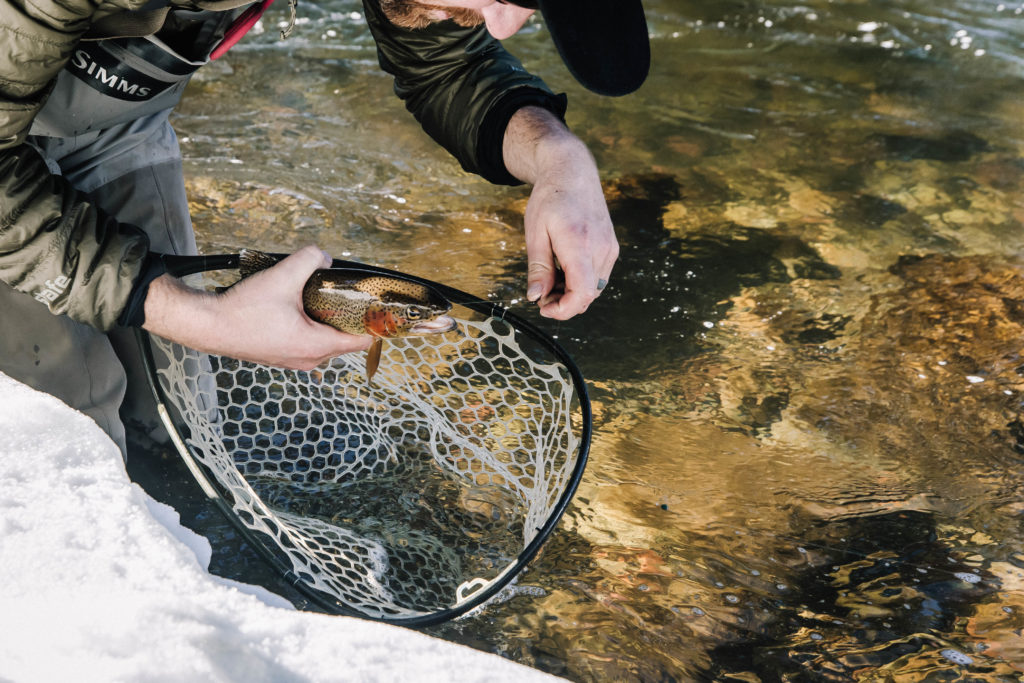
Written by Cian McGillicuddy, Top/Bottom Photos by Anna Stonehouse




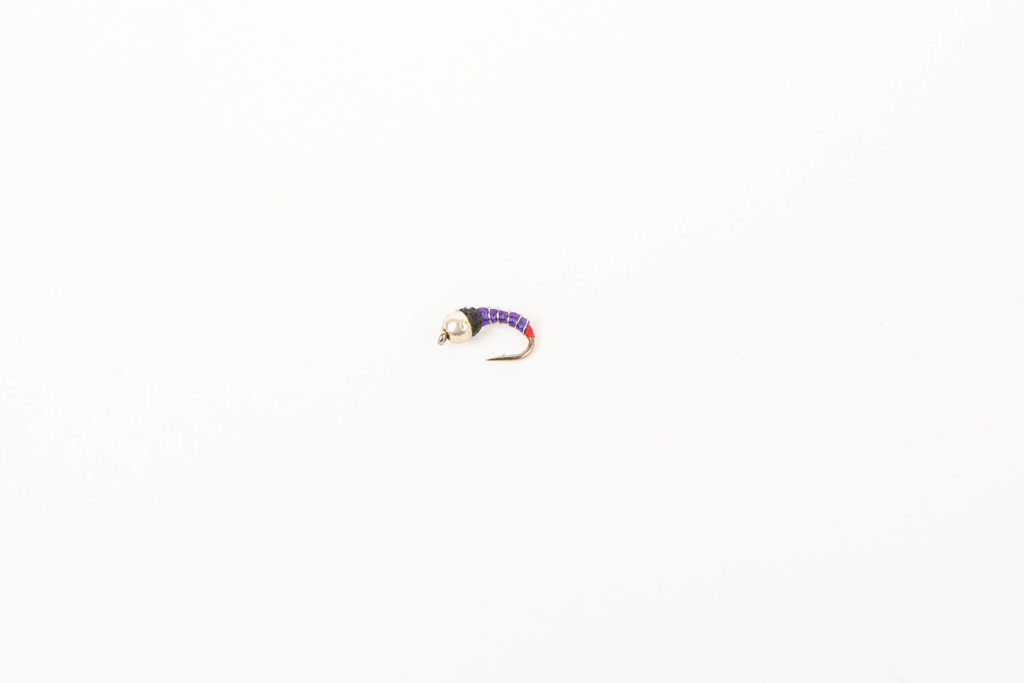
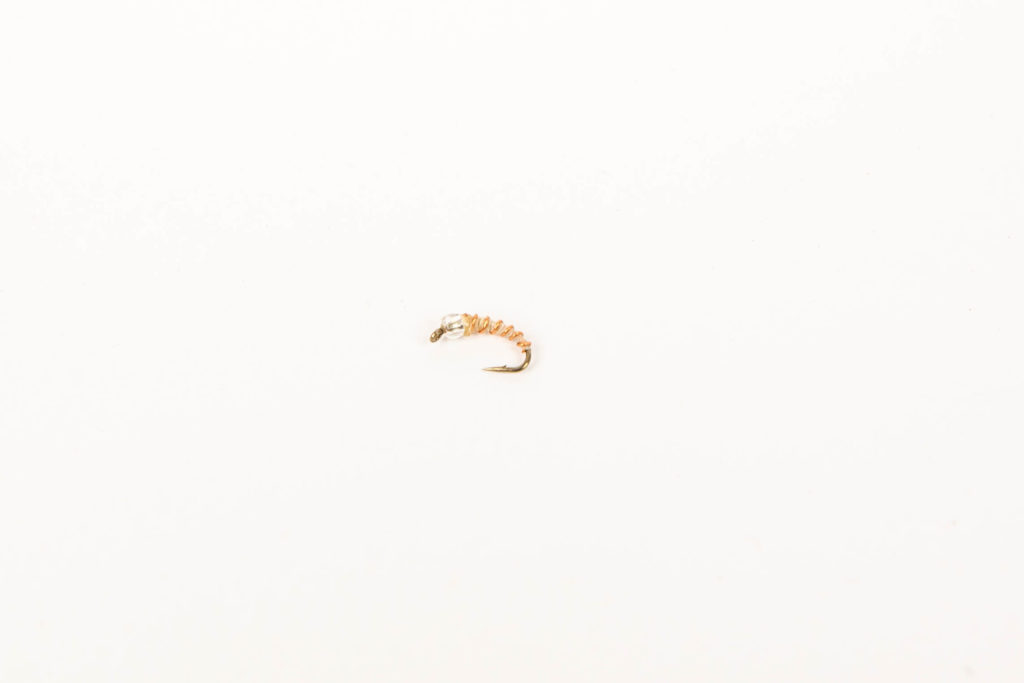
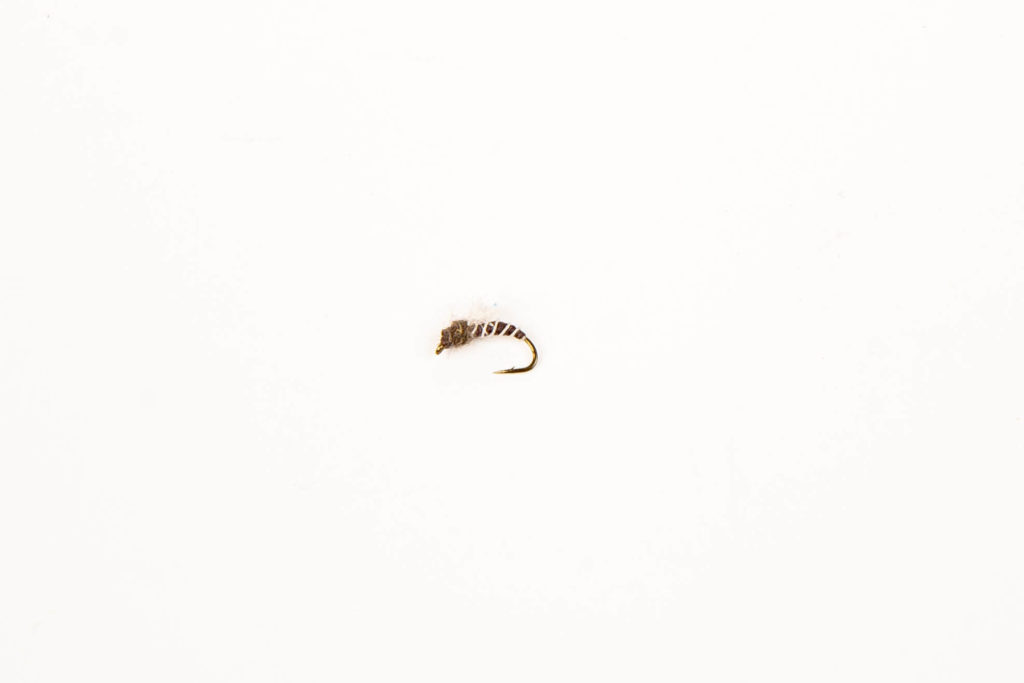
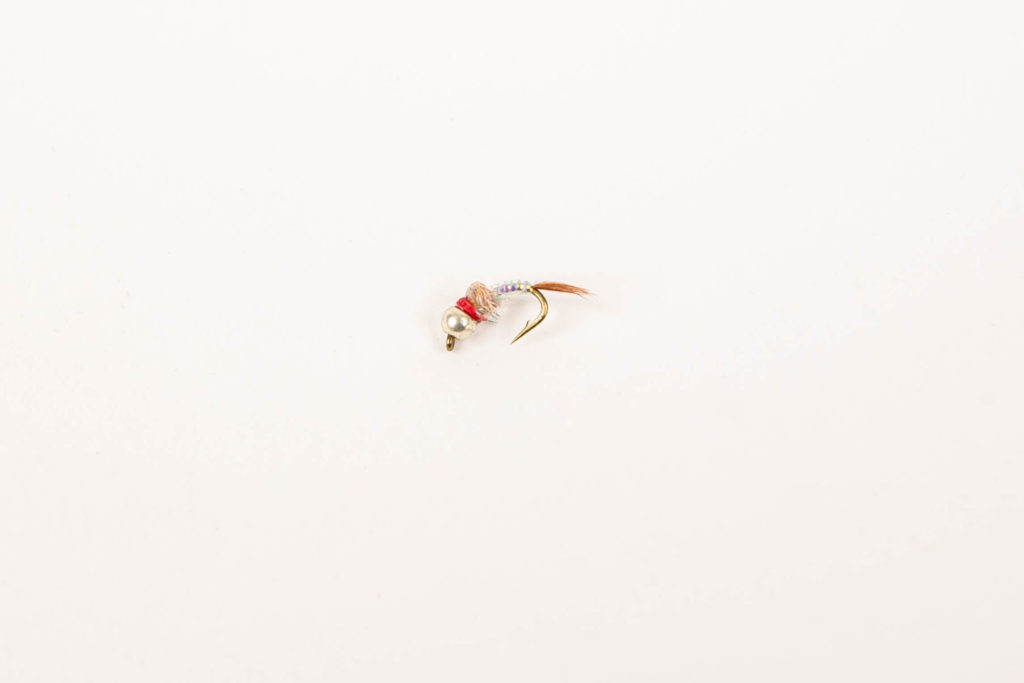
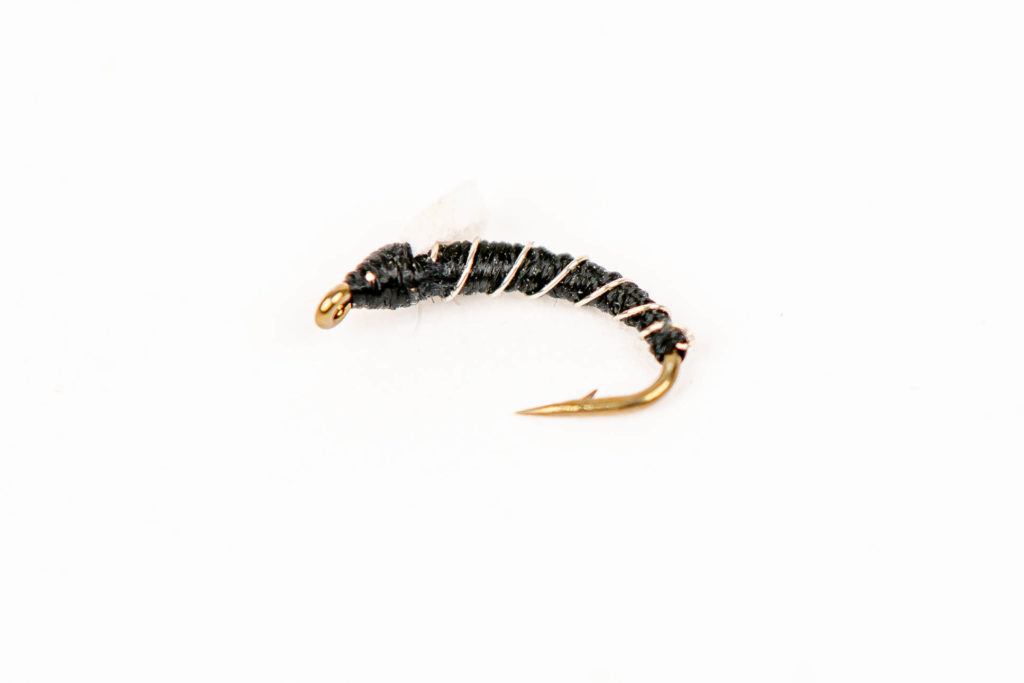
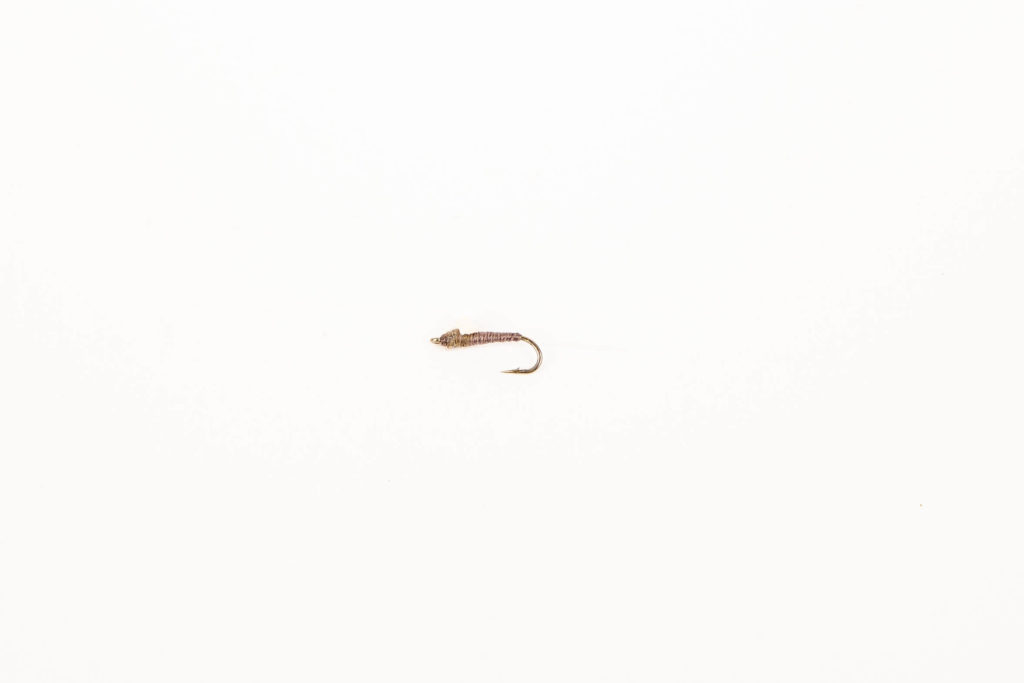

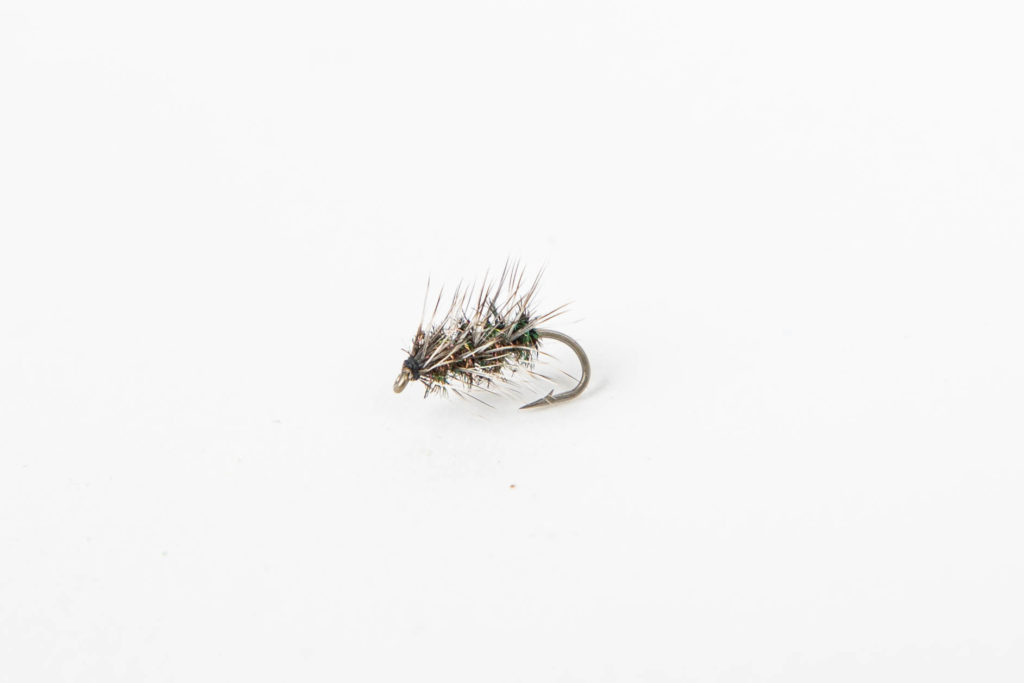
2 Comments on “Entomology for Trout Fishermen Pt. 1: Midges”
VERY VERY helpful! Thanks for sharing such useful information. As a Midwest angler, who would like to do A LOT more fly fishing in CO…this was great. It also helps me know what to tie at my vice:) TXS MUCH
OHH Man This is very informational article. I am an angler but this this piece of information is going to very be very helpful for me